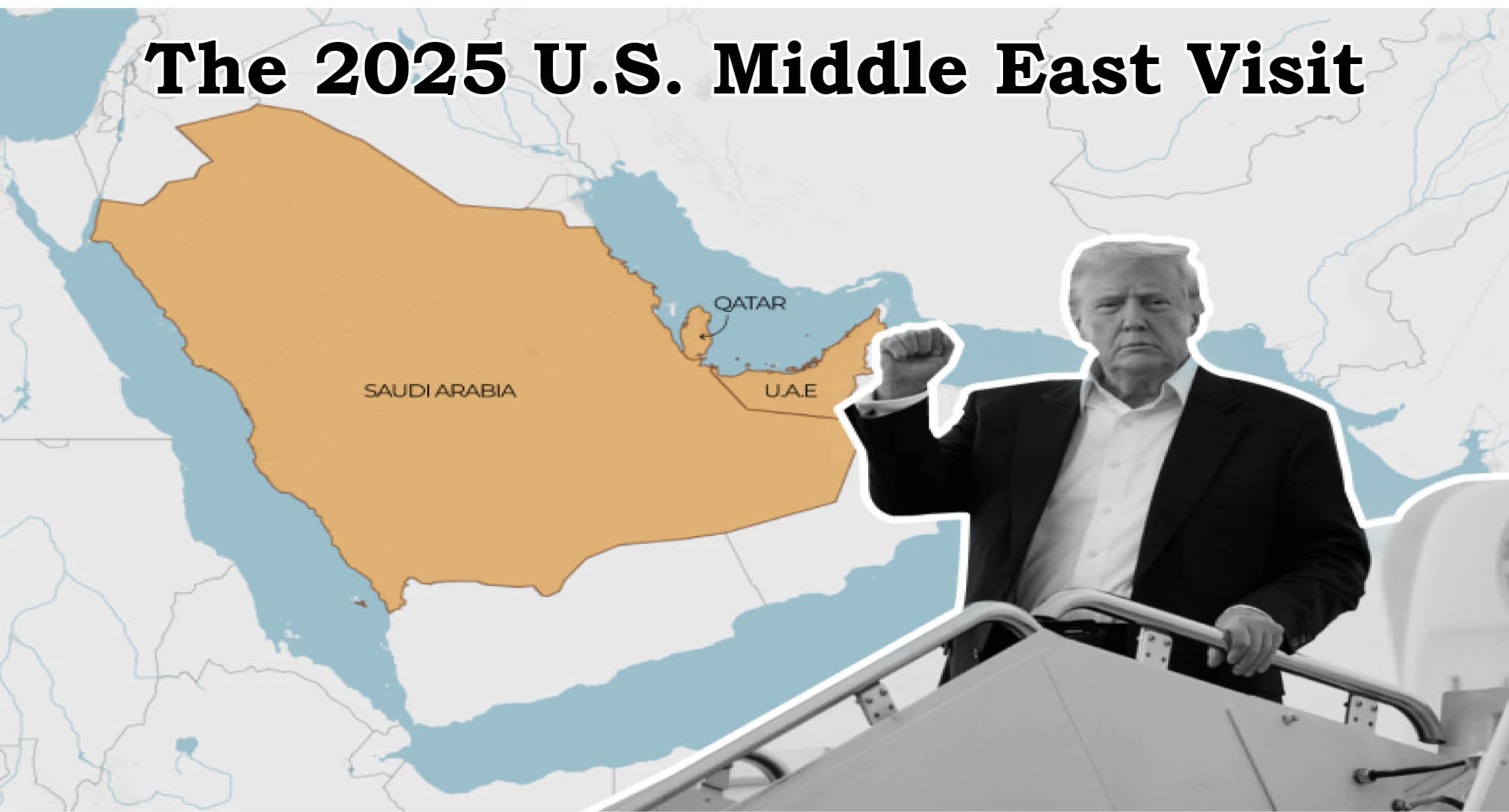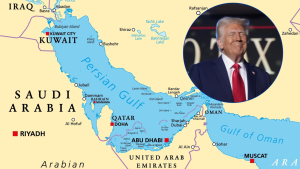
The United States has secured what the White House calls a “new golden era of partnership” with the Arab states of the Persian Gulf, through investment agreements and contracts valued at over one trillion dollars. However, this unprecedented economic windfall faces catastrophic risk from escalating regional tensions, with analysts warning that any extended conflict involving Iran could completely unravel these deals and devast both American economic interests and global energy markets.
The Trillion-Dollar Partnership : Unprecedented U.S.-Gulf Economic Alignment
The diplomatic efforts throughout 2025 have yielded the largest series of trade and investment agreements in Middle Eastern history, fundamentally reshaping the economic landscape between the United States and Gulf Cooperation Council countries.
During President Trump’s May 2025 tour of Saudi Arabia, Qatar, and the United Arab Emirates, the administration announced comprehensive partnerships spanning defense, technology, energy, and infrastructure. The scale of these agreements represents a strategic deepening of ties that extends far beyond traditional energy relationships. The breakdown of these historic agreements reveals their transformative potential:
| Country | Total Value | Key Components |
|---|---|---|
| Saudi Arabia | $600 Billion | Defense contracts ($142B), AI data centers ($20B), technology investments ($80B), Boeing aircraft ($4.8B) |
| Qatar | $243.5 Billion | Boeing jets ($96B), weapons purchases ($42B), U.S. military facility investment ($10B) |
| United Arab Emirates | $200 Billion | Aircraft with GE engines ($14.5B), aluminum smelter project ($4B), AI data center construction |
*Table: Major U.S.-Gulf Agreements Announced in 2025*
These agreements extend beyond mere financial transactions, representing a comprehensive strategic realignment. The technology partnerships particularly signal Persian Gulf states’ determination to transition toward knowledge-based economies, while the defense components reinforce security cooperation that has underpinned regional stability for decades.
The economic impact on the United States spans multiple sectors, with particular strength in defense manufacturing, aerospace, and emerging technology. Industry analysts project these deals could support over 750,000 American jobs across 42 states, with particular concentration in manufacturing hubs and technology corridors.
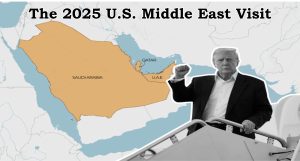
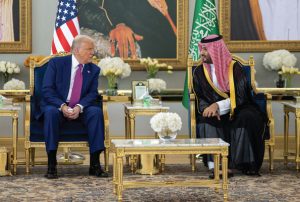
The Precarious Foundation : How Regional Conflict Threatens the Economic Windfall ?
Despite the optimistic projections, security analysts and economic forecasters unanimously agree that the entire framework of U.S.-Gulf cooperation rests on maintaining regional stability. Any significant escalation of existing tensions—particularly a conflict involving Iran—would immediately jeopardize these historic agreements.
The mechanisms through which regional conflict would undermine these economic partnerships are multiple and interconnected:
1. Immediate Physical Disruption to Trade and Infrastructure
The most direct threat involves the physical security of shipping lanes and critical infrastructure. The Strait of Hormuz, through which approximately 33% of global seaborne oil trade passes, represents the most vulnerable chokepoint. Any conflict would likely see immediate disruptions to maritime traffic, affecting not only energy exports but also the supply chains necessary for implementing the newly signed agreements.
Major infrastructure projects—including the planned AI data centers and industrial facilities—would face construction delays and potential security threats. Aviation deals, particularly the massive aircraft purchases, would become untenable amid airspace closures and security concerns.
2. Economic Collapse and Investment Flight
The wealth underpinning Persian Gulf states’ investment capacity derives overwhelmingly from hydrocarbon revenues. A regional conflict would trigger massive oil, gas, and petrochemical products prices’ volatility and potentially cripple export capabilities through physical damage to infrastructure or deliberate blockades.
Beyond the immediate energy impact, such conflict would shatter investor confidence in the region as a stable destination for long-term capital. The psychological impact of missiles targeting urban centers or critical infrastructure would likely trigger capital flight and an exodus of foreign expertise essential for implementing complex technology transfers and joint ventures.
3. Geopolitical Realignment and Contractual Failure
The political foundations of these agreements rely on stable U.S.-Persian Gulf relations. A major regional war would inevitably strain these ties, particularly if Gulf states perceive U.S. policy as exacerbating rather than mitigating security threats.
Recent diplomatic movements suggest Gulf states are already diversifying their security partnerships, evidenced by Saudi Arabia’s recent defense pact with Pakistan and ongoing diplomatic outreach to China. If conflict erupts, political pressure within Gulf states could force reconsideration of alignment with Western powers, making continuation of these massive U.S.-focused investment programs politically unsustainable.
4. The Israeli Dimension: An Unpredictable Catalyst
The ongoing tensions between Israel and multiple regional actors represent the most volatile element in this already unstable mixture. Any significant military attack by Israel against Iran or its regional proxies would inevitably and potentially draw in Gulf states through proximity and strategic necessity, regardless of their official stance.
Such escalation would force Gulf governments to prioritize immediate security concerns over long-term economic transformation, potentially freezing or canceling non-essential foreign investments—particularly those with nations perceived as aligned with Israeli interests.
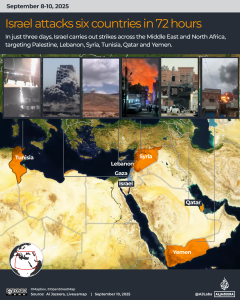
Credit: https://www.aljazeera.com/news/2025/9/10/maps-israel-has-attacked-six-countries-in-the-past-72-hours
Conclusion: A Fragile Prosperity Hanging in the Balance
The trillion-dollar agreements between the United States and Persian Gulf states represent both an extraordinary economic opportunity and a monumental gamble. While the potential benefits for both American industry and Gulf economic diversification are substantial, they remain entirely contingent on maintaining a regional stability that appears increasingly fragile.
The very scale of these investments makes them vulnerable to the escalating tensions that have characterized the region throughout 2025. As military posturing continues and diplomatic solutions remain elusive, the future of this “golden era” of partnership may prove shorter than its architects anticipated.
The ultimate fate of these historic agreements now depends less on boardroom negotiations than on the unpredictable dynamics of Middle Eastern geopolitics and the calculations of leaders in Washington, Tel Aviv, Tehran, and Persian Gulf capitals. What is certain is that the economic futures of both the United States and the Persian Gulf states have become inextricably linked to resolving security challenges that have plagued the region for generations.
References:
-
-
The White House. (2025). Remarks by President Trump on a New Era of Partnership with Gulf Nations.
-
U.S. Department of Commerce. (2025). *U.S.-Gulf Cooperation Council Trade and Investment Partnerships: 2025 Report*.
-
Saudi Arabian Ministry of Investment. (2025). Announcement of U.S.-Saudi Strategic Investment Partnership.
-
Qatar Investment Authority. (2025). QIA Portfolio Expansion and U.S. Strategic Alliances.
-
UAE Ministry of Economy. (2025). UAE-U.S. Economic Partnership Agreement: Key Sectors and Projects.
-
International Energy Agency. (2025). World Energy Outlook: Special Report on Maritime Chokepoints.
-
U.S. Energy Information Administration. (2025). The Strait of Hormuz: Global Oil Transit Statistics and Risk Analysis.
-
Global Risk Intelligence. (2025). Annual Threat Assessment: Middle East Security and Energy Infrastructure.
-
Center for Strategic and International Studies. (2025). The Geopolitics of Gulf Security: Alliances and Realignments.
-
International Institute for Strategic Studies. (2025). Military Balance and Conflict Projection in the Persian Gulf.
-
Bloomberg. (2025). Capital Flight and Market Volatility in Emerging Markets: A Case Study of the GCC.
-
McKinsey & Company. (2025). Economic Diversification in the Gulf: Progress and Vulnerabilities.
-

